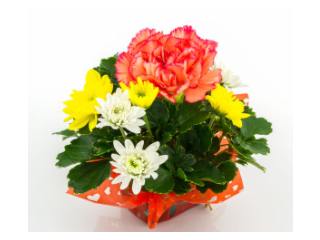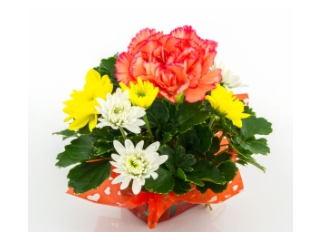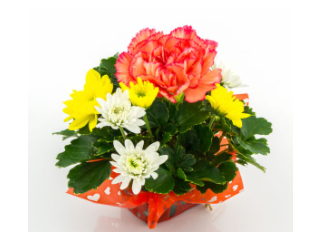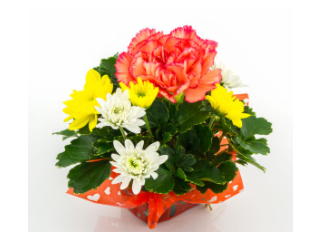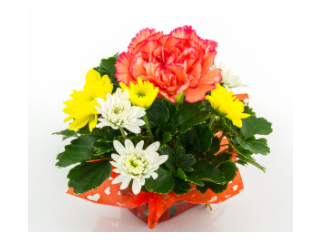Lapping Machines Process Privato
2 years ago Automobili Bari 258 Visto Reference: 187Location: Bari
Prezzo: Contattaci
Lapping Machines are a type of precision finishing machine. Lapping is a loose abrasive machining process that differs from honing or grinding because the abrasive action comes not from a solid abrasive (like a grinding wheel) but from a slurry--abrasive particles mixed with oil or water. The slurry forms an abrasive film between the underlying lapping plate and the parts to be lapped. The part stock is gradually removed through the rolling and sliding action of the abrasive grains between the lapping wheel and the workpiece. The slurry, along with the removed stock, drains away from the table.
Lapping machines create truly flat surfaces--normally up to 0.001mm, with surface finishes of better than Ra.01. Overall, lapping produces extreme dimensional accuracy, corrects minor imperfections of shape, refines surface finish, and produces close fit between mating surfaces.
Lapping machines may be beneficial whenever absolute flatness, parallelism, or surface finish is essential. Since it is a loose abrasive process, irregularly-shaped or non-magnetic parts can be easily accommodated. Lapping removes stock quickly, with no clamping or heat distortion, no expensive tooling required, and virtually no maintenance. Inspection and production costs are also lower, since the machine can be run by semi-skilled operators. Parts can be run as easily in small batches as in production processes.
How does it work?
Flat Lapping Machines consist of 5 parts: the rotating table (called a lapping plate), several conditioning rings, the topweight, the slurry, and the machine itself.
The machine houses the controls, engine, coolant, filter, and other subsidiary components for proper operation of the mechanism.
The lapping plate is the only thing that is turned by the motor--the conditioning rings turn automatically as the plate itself turns. The plate is usually made of high-quality soft cast iron, though copper and other soft metals may also be used. It may be anywhere from 12 to 144 inches in diameter and feature spirals, cross-hatches, rings, or other shapes.
The conditioning rings function as the workholding device. These rings distribute the wear evenly across the lapping plate increasing its life, while also holding the workpiece in place. Special rings may be fitted for cylindrical or especially long pieces.
A top plate presses the pieces down in order to ensure abrasion occurs. These may be simple lids or mechanically operated piston-like covers.
A slurry made by combining various abrasive materials such as diamond or carbon with a liquid base like oil or water is fed between the lapping plate and the top plate, and distributed evenly across the surface by the plate's rotation. The tiny abrasives suspended in the liquid drag and tumble across the surface of the held pieces, grinding away at any micro-irregularities in the part's surface.
The Polishing Machine (also called the Buffing Machine) is used to polish soft metals including copper and brass as well as plastics such as perspex. The two ‘mops’ spin at high speed when the ‘on’ switch is pressed. If the material is carefully pressed against the mop and moved backwards and forwards it will be polished. The material must be filed to removed scratches and then wet and dry paper or emery cloth is used to further smooth the surfaces. Only then can it be polished on the buffing machine.
There are many types of involved equipment in the wire drawing machine industry, the common Wire Drawing Machine has a water tank type drawing machine, straight wiredrawing machine, the pulley type drawing machine, inverted vertical drawing machine, and so on. Drawing machine is mainly used in the processing of copper wire, stainless steel wire and other metal wire and cable materials, belonging to the important processing equipment in the cable manufacturing industry. Drawing: drawing process is the most important work segment for wire drawing machine. Different metal material, silk varieties and different requirements, will have different drawing process, the end of the article will detail the water tank draw machine and straight wire-drawing machine specific operation process; Wire: the take-up links work speed determines the whole drawing machinery production efficiency, is the most difficult control portion during the whole system. In the coiling part, the control technology are commonly used the synchronous control and tension control for realization of metal winding; Line: line of metal wire, for the whole wire drawing machine, the control has no high accuracy requirements, to the majority of wire drawing machine, the line operation is through the inverter to drive line frame to achieve, but there are also drawing mechanical parts of dual frequency conversion control, or even directly through the drawing wire tension wire link to drawing machine, to realize the free line.


